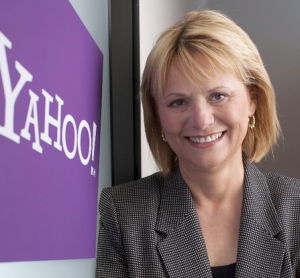Several announcements in recent weeks indicate that mainstream media companies are beginning to see the future a bit more clearly, and are scrambling to get themselves ready for serious changes that are coming very quickly. The fact that distribution is being squeezed and the content continues to be valued highly is clearly emerging in many of these moves announced this week:
–Comcast and Verizon said that later this year they are going to let subscribers access their content through the Microsoft Xbox 360 game console. They follow AT&T’s U-verse product which has been selling its content through the Xbox for a year.
–In Japan, a venture founded by the country’s main broadcasters, announced it will launch a smartphone-only TV broadcast channel, which will also deliver games and magazines through the digital network.
–Amazon debuted the new eKindle Fire with a surprisingly low price. It will fight to be the portal through which millions of consumers buy almost anything. Again, the price of distribution drops in order to facilitate the sale of Content.
–Magazine Giant Conde Nast moves into video content, launching a video division that will be creating films, television shows and video for its digital platforms, hiring Hollywood veteran Dawn Ostroff (most recently head of The CW network) to head up the new division.
–The breakdown of our traditional distributions models does not come easy. The Movie industry is in an uproar over Universal Pictures’ controversial move to offer its upcoming Eddie Murphy-Ben Stiller comedy on premium video-on-demand just three weeks after it opens in theaters. Several independent theater said they would not to play the movie “Tower Heist” in any of their locations if Universal follow through on its plans for the early release.
–Several TV shows in this new season found significant audience increases when they were able to measure delayed viewing numbers, ie. the number of times viewers watch the shows AFTER they originally aired.
Fox’s “New Girl” saw its audience jump 29% when it counted delayed view. NBC’s “Up All Night” was the big winner, seeing its ratings jump a stunning 46% when it included viewings in the week after airing. NBC’s “Community” also popped 40%, but on a lower base, while “The Office and Parenthood also jumped 37%.
Other shows are considered in trouble because they DIDN’T see significant viewership as the week went on, including NBC’s “Playboy Club” (since cancelled) and the NBC Comedy “Free Agents.”











